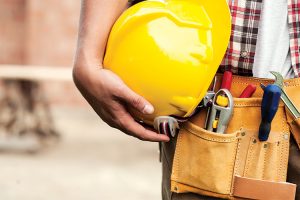Introduction
In today’s dynamic and demanding world, safety remains a paramount concern in various industries and activities. Whether you’re a professional in a hazardous work environment or an enthusiast pursuing adventurous hobbies, investing in complete protection gear is essential. This article delves into the features and applications of a comprehensive set of safety equipment designed to safeguard individuals in diverse scenarios.
Head Protection:
Helmet: Designed to protect the head from impact, helmets are crucial in construction, cycling, and motorcycling. Look for those meeting safety standards with adjustable straps for a secure fit.
Eye and Face Protection:
Safety Glasses: Shielding the eyes from debris, chemicals, or harmful radiation, safety glasses are a must in industries like construction and manufacturing.
Face Shields: Offering additional protection for the face, they are vital in environments where splashes, sparks, or flying objects pose a threat.
Hearing Protection:
Earplugs: Ideal for reducing noise levels in loud environments such as construction sites or industrial facilities.
Earmuffs: Covering the entire ear, earmuffs provide effective noise reduction and are suitable for prolonged use.
Respiratory Protection:
Masks and Respirators: Protect against airborne contaminants like dust, fumes, or pathogens. N95 masks are common for general use, while specialized respirators are available for specific hazards.

Hand and Arm Protection:
Gloves: Available in various materials, gloves protect hands from cuts, abrasions, chemicals, or extreme temperatures. Choose gloves based on the specific tasks involved.
Arm Guards: Essential in industries where arms are susceptible to cuts, burns, or impacts.
Body Protection:
Coveralls: Full-body protection against dirt, chemicals, or hazardous materials in industries like agriculture, pharmaceuticals, and manufacturing.
Vests: Visible and reflective vests enhance visibility in low-light conditions, crucial for construction workers and emergency responders.
Foot Protection:
Steel-toed Boots: Protect feet from heavy objects, electrical hazards, or punctures. Essential in construction, manufacturing, and similar industries.
Non-slip Shoes: Ideal for environments where slips and falls are common, such as kitchens, hospitals, or outdoor activities.
Fall Protection:
Harnesses: Crucial in construction and roofing, harnesses prevent falls from elevated surfaces. Regular inspections and proper usage are imperative for effectiveness.
Conclusion
Investing in complete protection gear is an investment in personal safety. The features and applications outlined above highlight the importance of choosing the right equipment for specific tasks and environments. By prioritizing safety and utilizing appropriate protective gear, individuals can significantly reduce the risk of accidents and ensure their well-being in a wide range of scenarios.

